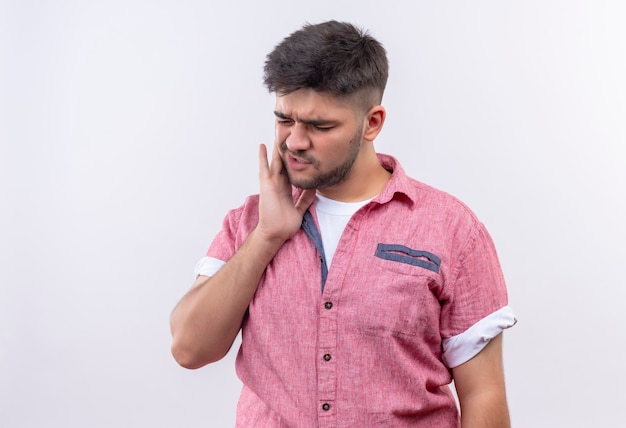
Personal injury claims are pretty common in the legal world. For people who have been hurt because of someone else’s carelessness, these claims are crucial for seeking justice and compensation. A key part of making a successful claim is having strong evidence. Just like a watch needs gears to keep accurate time, a personal injury claim relies on solid evidence for legitimacy. So when someone turns to sites like EdBernstein.com for advice, what kind of evidence is essential?
1. Medical Records: The Foundation of Your Claim
When describing a sickness or injury, just talking about it often isn’t enough to really convey the seriousness. Medical records bolster the story, showing the full scope of the ordeal—every ache, every treatment, every medication, and the emotional journey through recovery. These detailed reports lend credibility to your claim, showing it’s not just empty talk. Without these records, a claim can feel directionless.
2. Photographs: The Quiet Proof
In today’s digital world, the saying “seeing is believing” rings truer than ever. Photos and videos can powerfully capture moments and connect on an emotional level. In personal injury claims, they act as silent but mighty narrators. Images that show the aftermath of the event, the severity of injuries, or even a view of the accident scene become key pieces of evidence. They freeze moments in time, giving the court a way to witness the incident through the photos, which strengthens the claimant’s story. As memories fade and witnesses may not be reliable, photos stand firm, preserving the details.
3. Witness Statements: Backing Your Story
A story is more convincing when backed by many voices, much like a well-reviewed movie. Witness statements serve a similar purpose in personal injury claims. They can fill in the blanks or confirm the claimant’s account by providing additional perspectives. These statements from people with no personal gain add authenticity, supporting the claimant’s version of events and sometimes highlighting overlooked details.
4. Police and Accident Reports: The Unbiased View
In disputes, an outside, neutral view is immensely valuable, much like a referee keeping things fair in a game. In personal injury claims, police and accident reports serve this purpose. These reports are crafted carefully and without emotion, presenting the incident clearly. From specifics like time and place to broader factors like possible causes, these reports offer a comprehensive view. Their objective nature gives them a special credibility in court, often serving as crucial evidence.
These reports often include interviews with witnesses and those involved, providing another layer of verification. They might also feature sketches or diagrams of the accident scene, offering insights into the situations and contributing elements.
5. Financial Records: Calculating the Damages
Injuries not only affect physical and mental well-being but can also have a financial impact. Financial records in personal injury claims document every financial obstacle caused by the injury—from clear medical costs to hidden future earning losses. Turning pain and disturbance into clear monetary terms helps courts understand the full scope of the claim, leading to fair compensation.
Financial records go beyond immediate costs, tracking ongoing expenses like rehabilitation and therapy. They provide a detailed view of the financial toll, enabling the court to evaluate long-term impacts.
While personal stories and emotional appeals may resonate emotionally, in a courtroom, it’s the hard evidence that supports a strong case. This carefully collected and presented evidence becomes the cornerstone for seeking justice. Every piece, no matter how small, can be crucial in a personal injury claim’s success.









